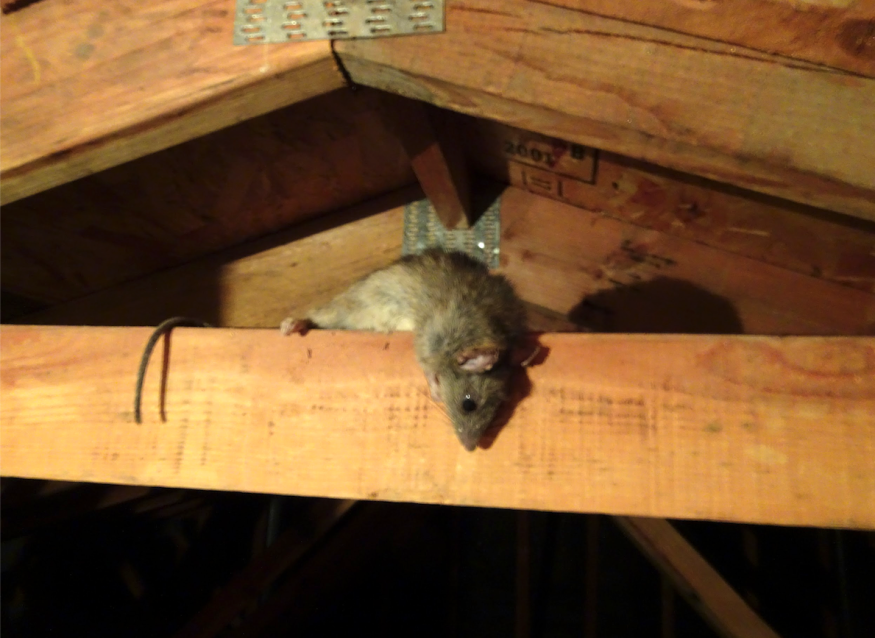
Your agent just walked you through an exquisite piece of real estate-and you're seriously considering moving in as soon as possible. In such a flurry of excitement, there's a high chance that you may overlook some aspects of the house. One such "often forgotten" part of a house is the attic.
To most people, the attic is a dark, cold space whose sole purpose is storing boxes and other rejects. What they don't realize is that it can also be a breeding ground for rodents. The debris and seclusion of the attic provide the perfect environment for mice and other rodents to multiply. (Fun/Cringey fact: Did you know that a female mouse can give birth to up to a dozen babies in the span of a month?).
Before you start pointing fingers at your real estate agent and blaming them for selling a rodent-infested house, always check the attic for signs of the pests. Don't get us wrong, we respect the role of rodents in the ecosystem. But when they infest your house, they're nothing more than a health and safety risk to all residents. Here is why you should get rid of rodents:
I. They chew your clothes.
II. They can cause fire hazards since they chew electrical wires.
III. If you leave food uncovered, they will eat it and leave it contaminated.
IV. When they die, they decay thus emitting a bad odor-making them a hub for diseases.
V. Rodents can cause Hantavirus, Lymphocytic choriomeningitis (LCM), Plagues, and Tularemia-which are a serious threat to human beings.
VI. They can chew structures leading to accidents or financial losses.
VII. Rodents such as the rat are a snake magnet-i.e., they are the reptiles' delicacy
So, what are the tell-tale signs of a rodent infestation in the attic?
1. Droppings
This is a definite and obvious giveaway for the presence of rodents. Rats and mice tend to leave their feces scattered all over your soon-to-be attic as they move around. Look out for oval dropping with pointed ends. A nesting spot will likely have significantly more droppings than other areas.
Keep in mind that rat and mice droppings may lead to an outbreak of the Hantavirus Pulmonary Syndrome. Therefore, it's important that you find an effective rat prevention method as soon as possible. If you'd like to learn more about how you can prevent rat invasions, pest control specialists offer great advice online.
2. Footprints and Chew Marks
When rodents move around in search of food, they tend to leave tail marks and small footprints. However, the footprints can be hard to identify-unless your attic is dusty enough to leave evidence. Luckily you can pour some talc flour on the floor and leave it overnight. If there are rodents in the attic, you should find some prints in the morning. Rats-the roof rat to be precise-have a thing for gnawing away on cables and structures. You may identify their gnawing by the visible chew marks they leave behind.
3. Paths and Openings
Before you settle for a house, thoroughly inspect the attic for small openings. Mice and rats can fit in small holes-and the scary part is that if one enters your attic, it means several are bound to follow suit in a few days. Finding out if there is any source of entry can reduce the invasion. If you find any hole, make sure you seal it properly to prevent a rodent infestation.

4. Noise and Smells
Scratching noises? Well, that may indicate the presence of mice. Pungent odors? That may be a dead rodent. As for the noises, they can be very irritating-especially at odd hours of the night. Additionally, smells are a nuisance to deal with in a new home.
© 2025 Realty Today All rights reserved. Do not reproduce without permission.



